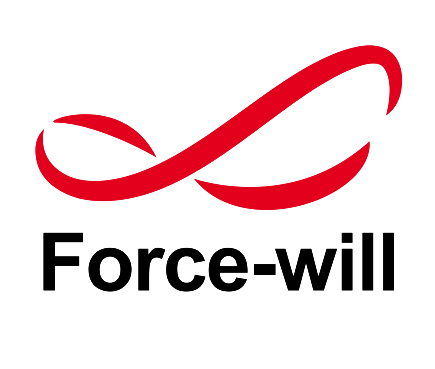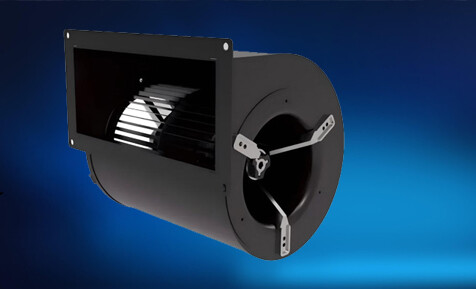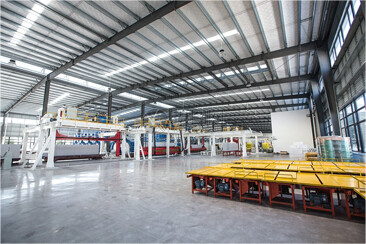I. Duct Fans: The "Invisible Heart" of Building Ventilation Systems
As the core equipment of modern ventilation engineering,duct fans feature enclosed duct integration and medium-high pressure air supply capabilities,serving as the "dynamic pulse" for commercial buildings,industrial facilities,and civil spaces. Through pipeline networksthey enable directional air delivery and precise regulationdriving building ventilation systems toward higher efficiency and intelligent upgrades.
II. Five Technical Advantages of Duct Fans
High-Pressure Boost for Long-Distance Air Delivery
Designed specifically for medium-high pressure conditions,they overcome pipeline resistance losses to ensure stable air transmission across complex pipe networks up to 100 meters,meeting ventilation demands for large spaces.
Energy Efficiency with Superior Static Pressure Performance
Utilizing backward-inclined impellers or mixed-flow technology,they achieve up to 85% total pressure efficiency—20%-35% more energy-saving than conventional fans—with variable frequency control for on-demand airflow adjustment.
Low-Noise Operation Enhancing Environmental Quality
Built-in soundproof cotton and vibration-isolated duct design reduce operational noise to as low as 35dB(A),making them ideal for noise-sensitive venues like hospitals,schools,and hotels.
Compact Integration Saving Architectural Space
Square/round structures enable seamless ventilation duct connections,allowing concealed installation in ceilings,equipment rooms,or shafts to maximize interior space utilization.
IoT Connectivity for Smart Maintenance
Compatible with Building Automation Systems (BAS) for real-time monitoring of airflow,energy consumption,and fault status,enabling remote start-stop and predictive maintenance.
Conclusion:
Amid accelerating green building and smart city development, duct fans—with their triple advantages of "efficiency,quietness,and intelligence"—are becoming pivotal for ventilation system upgrades. Future integration of modular design and digital twin technologies will unlock greater potential in zero-carbon buildings and smart factories.
Awesome! Share to:
News
 Forward-facing centrifugal fans lead the way in upgrading ventilation and air conditioning systems
Forward-facing centrifugal fans lead the way in upgrading ventilation and air conditioning systems Superior performance and quiet design for green industry and comfortable built environments
Superior performance and quiet design for green industry and comfortable built environments Duct fans revolutionize building ventilation systems and lead new trends in green buildings with high efficiency and energy savings.
Duct fans revolutionize building ventilation systems and lead new trends in green buildings with high efficiency and energy savings.
Get in Touch
*We respect your confidentiality and all information are protected.



